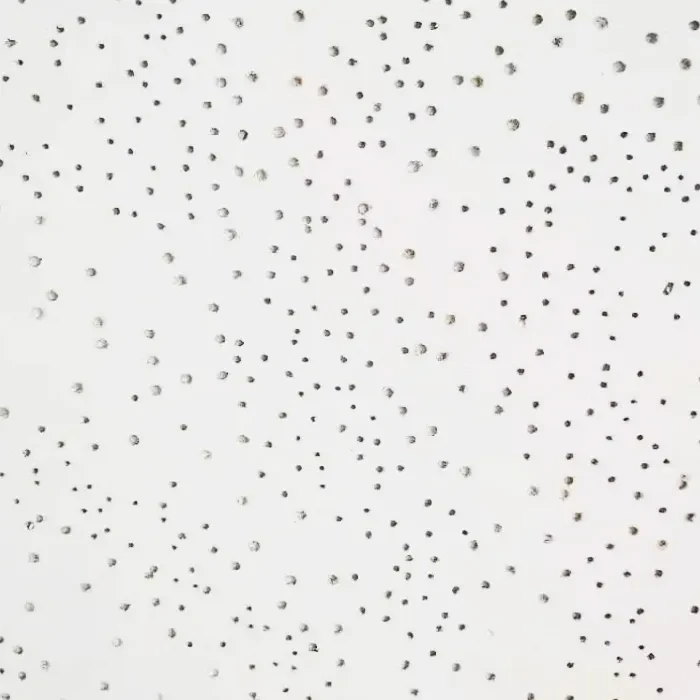Sep . 04, 2024 09:48 Back to list
ceiling grid tie wire
Ceiling Grid Tie Wire Ensuring Stability in Suspended Ceilings
In the realm of modern construction and interior design, suspended ceilings have gained immense popularity due to their aesthetic appeal and practicality. These ceilings, also known as drop ceilings, provide a space for concealing ductwork, plumbing, and electrical systems while offering acoustic benefits and ease of access for maintenance. However, the stability and durability of a suspended ceiling heavily depend on the proper installation of its essential components, one of which is the ceiling grid tie wire.
Ceiling grid tie wire is a crucial element in the installation of suspended ceilings. It serves to secure the ceiling grid system to the building structure, ensuring that the tiles remain in place and do not sag over time. Typically crafted from steel, this wire is both strong and flexible, making it ideal for tethering the grid system to overhead joists or beams. By anchoring the grid securely, tie wires help distribute the weight of the ceiling tiles evenly, thereby enhancing the overall structural integrity of the ceiling.
The installation process of ceiling grid tie wire involves a few essential steps. First, the ceiling grid must be hung at the desired height using hangers or rods. Once the grid is in place, the tie wire is cut to size and attached to the grid’s framework. This wire is often looped around the grid and fastened to the overhead structure using a secure knot or clamps. Ensuring that the tie wire is taut and well-fastened is critical to preventing any movement or instability in the ceiling structure.
ceiling grid tie wire

Apart from its structural support role, ceiling grid tie wire also plays a part in fire safety. In commercial buildings, suspended ceilings are prevalent as they can help in the distribution of fire suppression systems. By employing tie wire to secure the grid more effectively, builders can optimize the ceiling’s performance in the event of a fire. This adherence to safety standards is paramount in ensuring that the building is compliant with local regulations.
Moreover, using high-quality tie wire can prevent issues such as rust or corrosion, which can compromise the integrity of the ceiling system over time. It is vital for contractors and builders to select tie wires that are suited to their specific environmental conditions, especially in areas prone to humidity or moisture.
In conclusion, ceiling grid tie wire might seem like a small component in the vast world of construction, but its importance cannot be overstated. From providing stability and safety to enhancing the longevity of suspended ceilings, the effective use of tie wire is integral to modern architectural design. As we continue to innovate in construction techniques, careful attention to these finer details will ensure that our built environments remain both functional and aesthetically pleasing for years to come.
-
Durable Ceiling T Grid Systems | Easy InstallationNewsAug.29,2025
-
PVC Gypsum Ceiling: Durable, Laminated Tiles for Modern SpacesNewsAug.28,2025
-
Pvc Gypsum Ceiling Is DurableNewsAug.21,2025
-
Mineral Fiber Board Is DurableNewsAug.21,2025
-
Ceiling Tile Clip Reusable DesignNewsAug.21,2025
-
Ceiling T Grid Modular DesignNewsAug.21,2025







